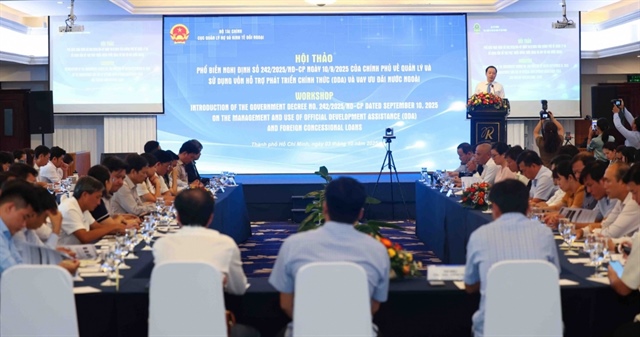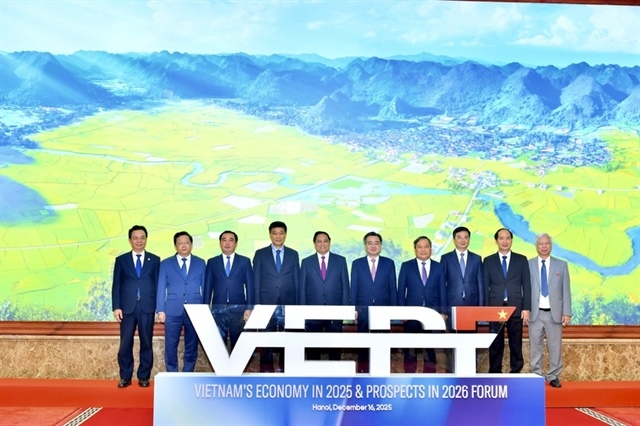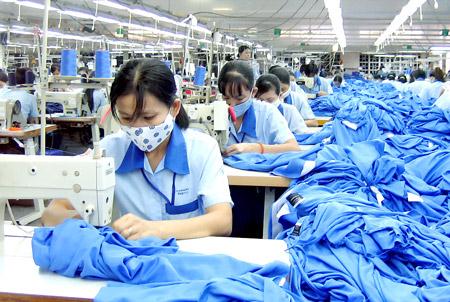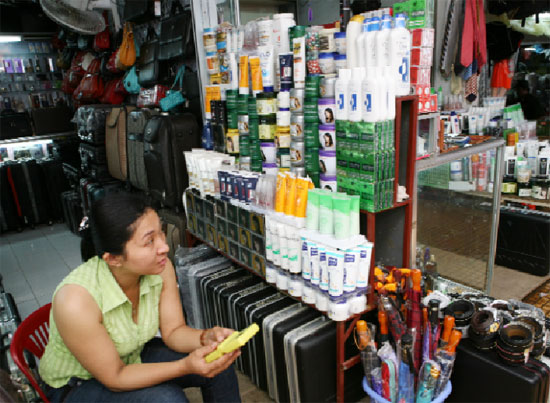“Industrialization dream” makes fertile land fallow
“Industrialization dream” makes fertile land fallow
Tens of thousands of fertile agriculture land in the Mekong River Delta have been left uncultivated because of the local authorities’ “industrialization dream.”
The provinces in the Mekong River Delta have been running against the time to “upgrade” themselves into “industrialized provinces” by 2020. In order to reach that end, they need to increase gradually the percentages of agriculture production value in the local GDP.
More and more industrial zones (IZ) have arisen to serve the industrialization strategy, which means the proportional decrease in the area of agriculture land.
The agriculture – industry – service structure of the Mekong River Delta in 1990s was 38%-8%-54%, meaning that agriculture made up 38 percent of the local GDP, while industry 8 percent and services 54 percent.
The structure had changed into 49.5%-18.5%-32% by 2000 and then to 45.5%-22.9%-31.6% by 2010.
The figures showed that the biggest changes in the economic restructuring in the Mekong River Delta were made in 1990-2000, while the restructuring slowed down in 2000-2010.
A report of the Can Tho Branch of the Vietnam Chamber of Commerce and Industry (VCCI) showed that 111 IZs had been projected by 2005, covering an area of 24.091 hectares, while the numbers have risen to 288 and 42,000 hectares, respectively.
The noteworthy thing is that 92 percent of the land area projected for industrial development has not been used yet.
The research works within the framework of the Mekong River Delta Development Plan initiated by the Dutch government have found out that the local provinces have been competing fiercely with each other to attract the investments into the industrial production projects in their localities.
As a result, thousands of hectares of fertile agriculture land along the Tien and Hau rivers have been cleared to give place to IZs.
However, the problem is that the IZs have been left idle because they cannot attract enterprises. A report showed that only 30-40 percent of the IZs’ area has been occupied.
Dr. Vu Thanh Tu Anh, Director of the Fulbright Economics Teaching Program (FETP), pointed out that the “everyone for himself” viewpoint has spoiled the region’s development program.
Local authorities still strive to develop more IZs at any costs, though they have to spend more money on the infrastructure due to the soft ground.
VCCI Can Tho has found that it costs VND3.5 billion to level the ground and build infrastructure in Long An province. The figures were a bit lower in Vinh Long and Tra Vinh provinces, about VND2 billion.
The IZs have encroached on a large area of agriculture land and the industrial production has affected the ecosystem, while their contribution to the local economic development is very modest, according to Anh.
Anh went on to say that while Vietnam does not have capital for transport development and agriculture projects, it still has capital to develop the IZs which have been left idle.
Meanwhile, the IZs in the region have been unknown to foreign investors. VCCI Can Tho’s Director Vo Hung Dung said Mekong River Delta, in the thoughts of Singaporean, Thai, Malaysian, Canadian or Japanese investors, this is a flood stricken land which always needs aid and does not have qualified workers.
vietnamnet




















